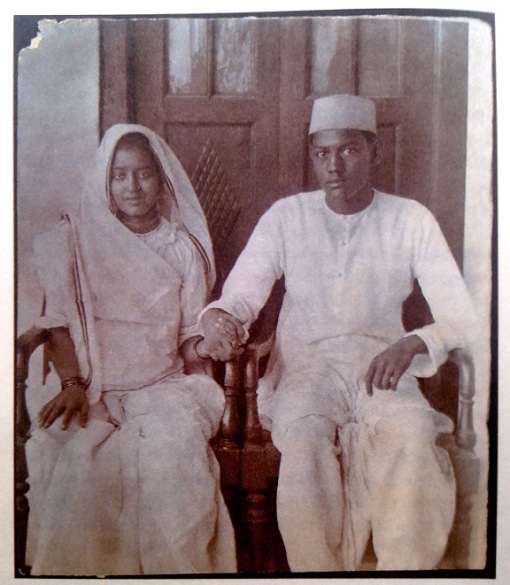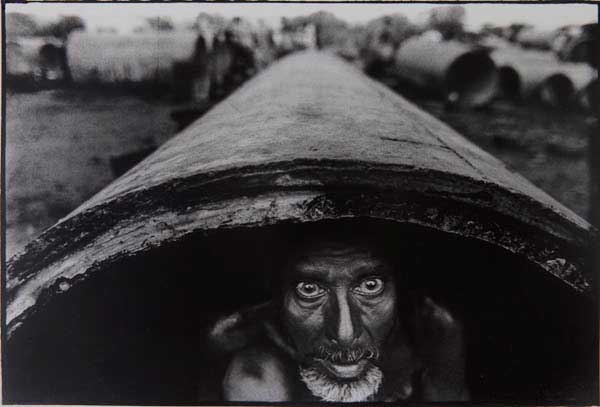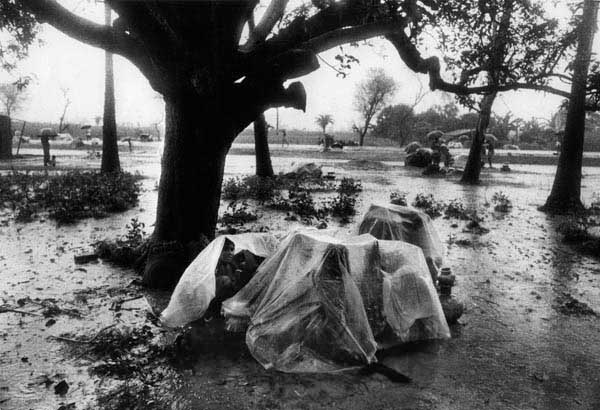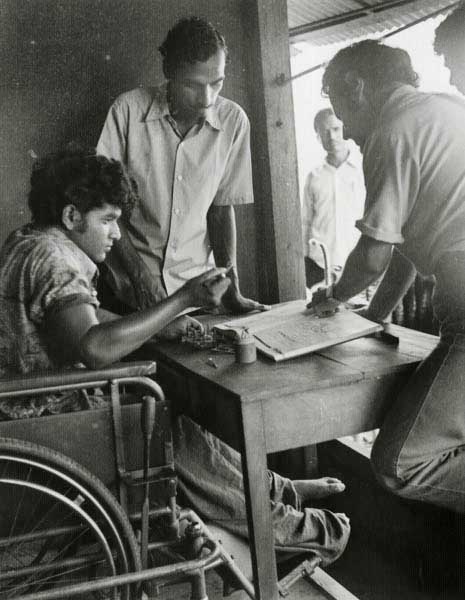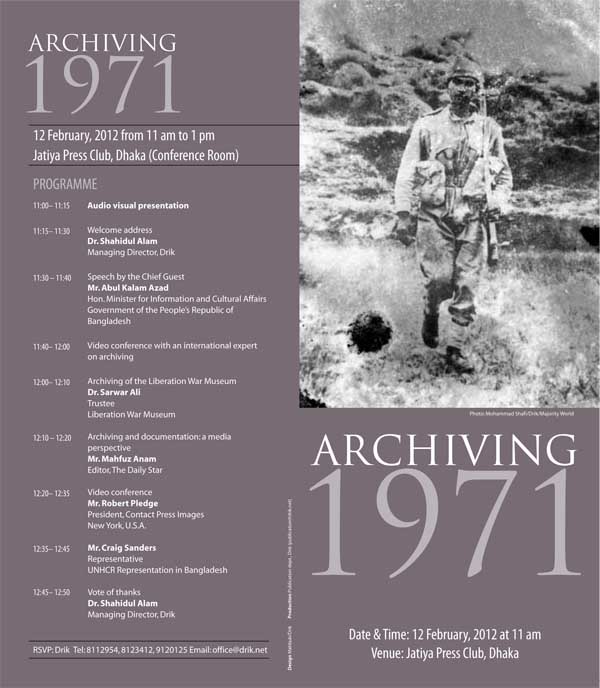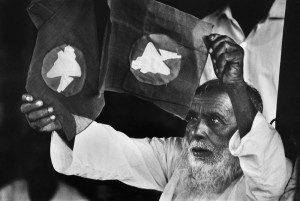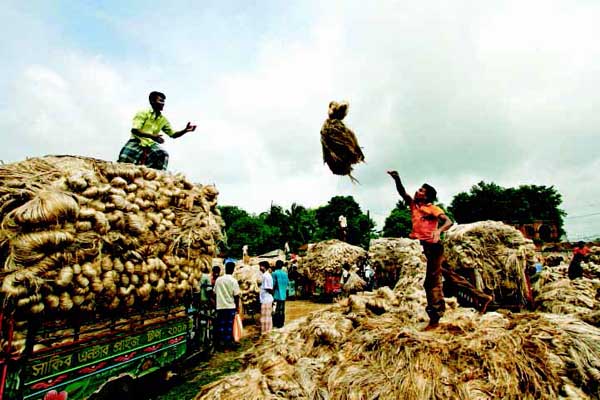
Abstract of keynote presentation given at National University of Taiwan
8th January 2012. Taipei
One of the videos presented. A compilation from several videos on major protests in 2011
Long before CSR had become a buzzword and superstars and corporates began to find it essential to have pet social causes to support, we had set up Drik, a small organisation in Bangladesh, which made social justice its raison d’?tre.
Over two decades later, when my show on extra judicial killings at the gallery of Drik, was interpreted by a group of international curators as a ?fantastic performance?. It was time for me to take stock, and see where the art world situated itself and whether I belonged to this marketplace.
As collective movements go, the sub-continent has had its share. Colonial rule, oppression by the landed gentry, women?s struggle for equality in a patriarchal society and the injustice of caste have all been challenged. The solidarity of sustained groups, often against overwhelmingly stronger entities with far greater resources. had been a trademark for undivided India and for Bengal in particular.
It was the dynamics of a ruling class propped up by local agents who stood to profit from inequality, that led to the Gandhian strategy of non-violent resistance. Other methods had also been tried, and Subhas Chandra Bose, with a much more militant outlook, also had a huge following. The Tebhaga peasant movement by the Kisan Sabha had led to laws being formulated that limited the share of the landlords.
Partition did not cure these ills. The ouster of the British did not break up the class structure, but replaced one set of exploiters with another. The British, and other imperial powers continued to maintain unequal trade relations, sometimes in the guise of aid.
Cultural activists in Bangladesh had operated within this milieu. With the military under the control of the West wing, the more populous East Pakistan felt the weight of oppression. Military rule became the vehicle for continued repression but failed to quell the unrest and even the final genocidal attack on the people of East Pakistan, was repulsed by a countrywide resistance.
An independent Bangladesh, free of foreign occupiers, should have been a land free of repression. The reality was very different and cultural activists have had to find new ways of resistance. This has required documentation, articulation and tools of creative expression to deal with injustice in many forms. Having been failed by the major political parties (both government and opposition), cultural actors formed their own groups. Operating with minimum resources, we devised numerous initiatives to mobilise public opinion. Using both new and traditional media, as well as the networking ability of social media we formed lean and tenacious campaigns that chipped away at the establishment and its cohorts insisting on being heard and bent on achieving justice.
But the corporatization of modern Bangladesh has brought about many changes. I remember as a child that we used to respond to natural disasters by grouping together, singing songs, raising money, collecting food and old clothes and going out to affected areas to distribute them. We now leave such activities to the NGOs. Social movements are now sponsored by multinationals and protesters in rallies have sunshades parading the brand logos of telecom companies.
We had simultaneously taken on the hegemony of the west and its new southern accomplices, as well as the repressive regimes that operated within the nation state. But today we also need to examine how social movements have been appropriated, and our inability to operate without ?funding? regardless of the cause seriously limits our capacity for social and political intervention.
As an artist, as an activist, and as an organizer, I have along with my colleagues taken on technology, art, education and culture in its diverse forms and have presented a cohesive front that has challenged the military, major political parties and corporates, while continuing to operate independently within public and private spheres.
The presentation attempts to show how, by resisting not only the formal entities that have usurped power, but also the cultural norms that attempt to pigeon-hole cultural practice in terms of ?fine art?, I as an individual artist, as well as worker in a commune, have tried to ensure that our ?art? does not limit itself to admiration in a gallery. It breathes the gunpowder laden air of street battles with police, the dank vapours of the factory floor and pervades the silence of patriarchal inner chambers.
Shahidul Alam
8th January 2012
Taipei
